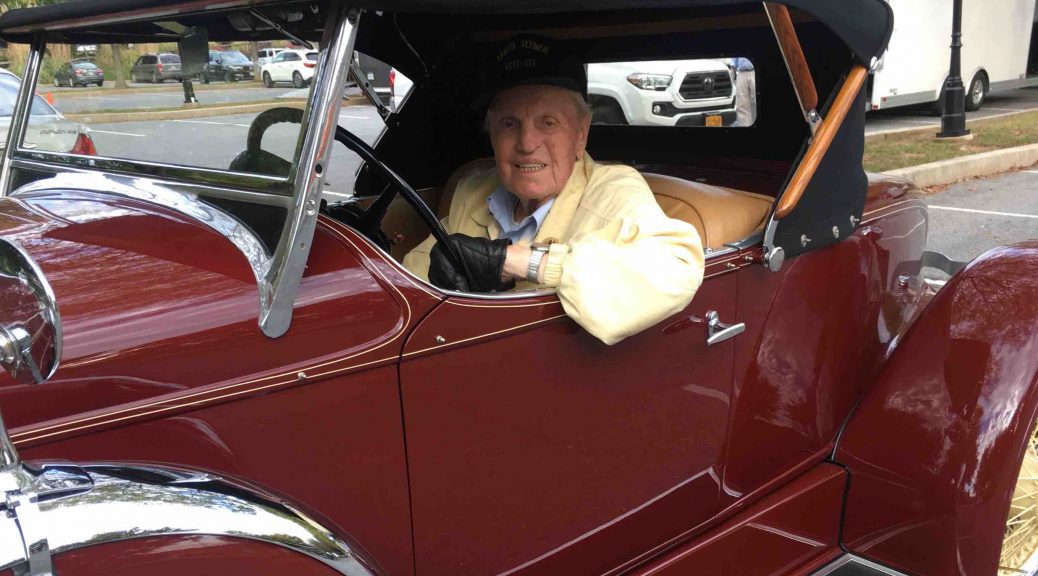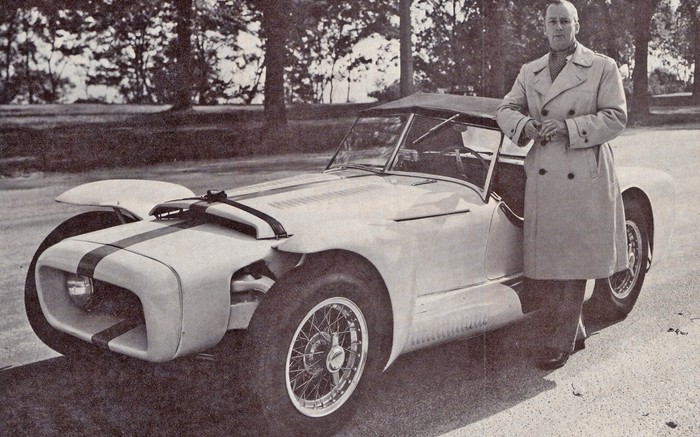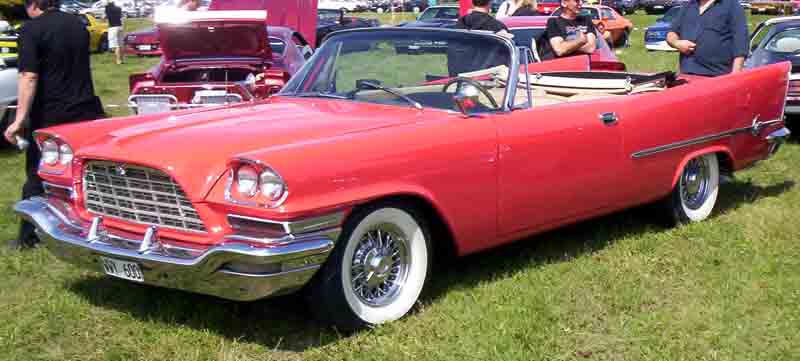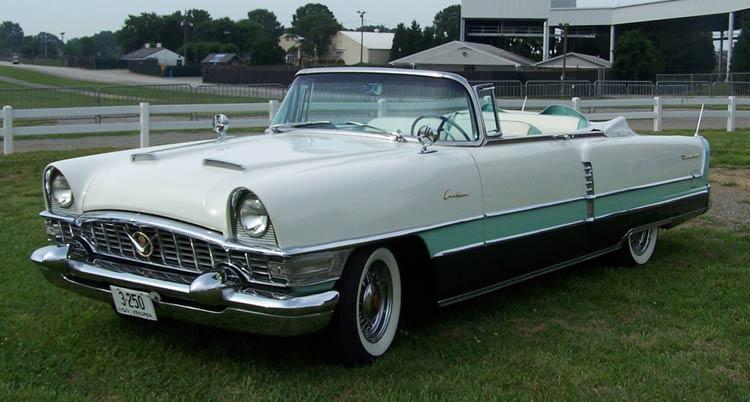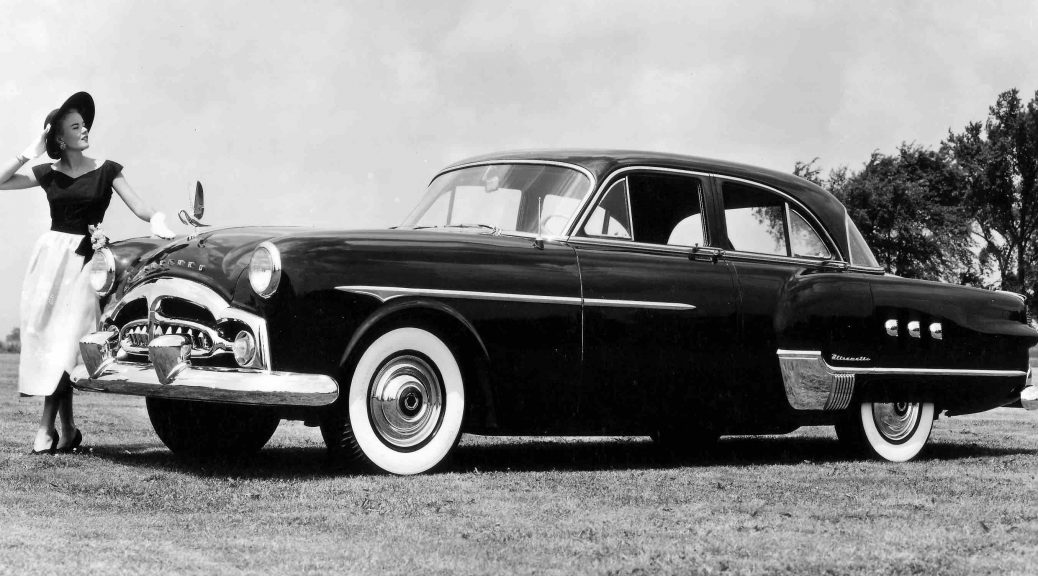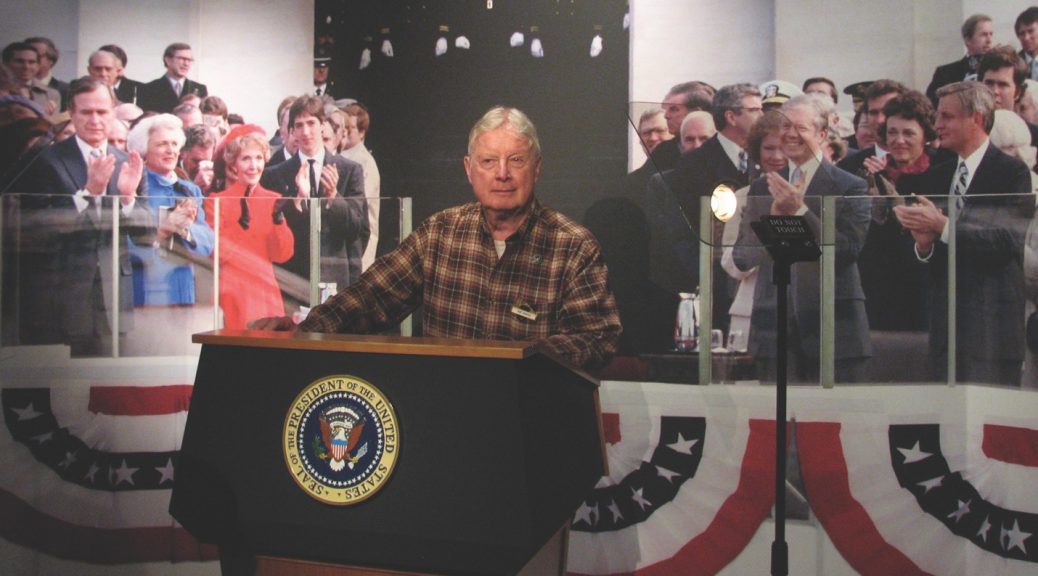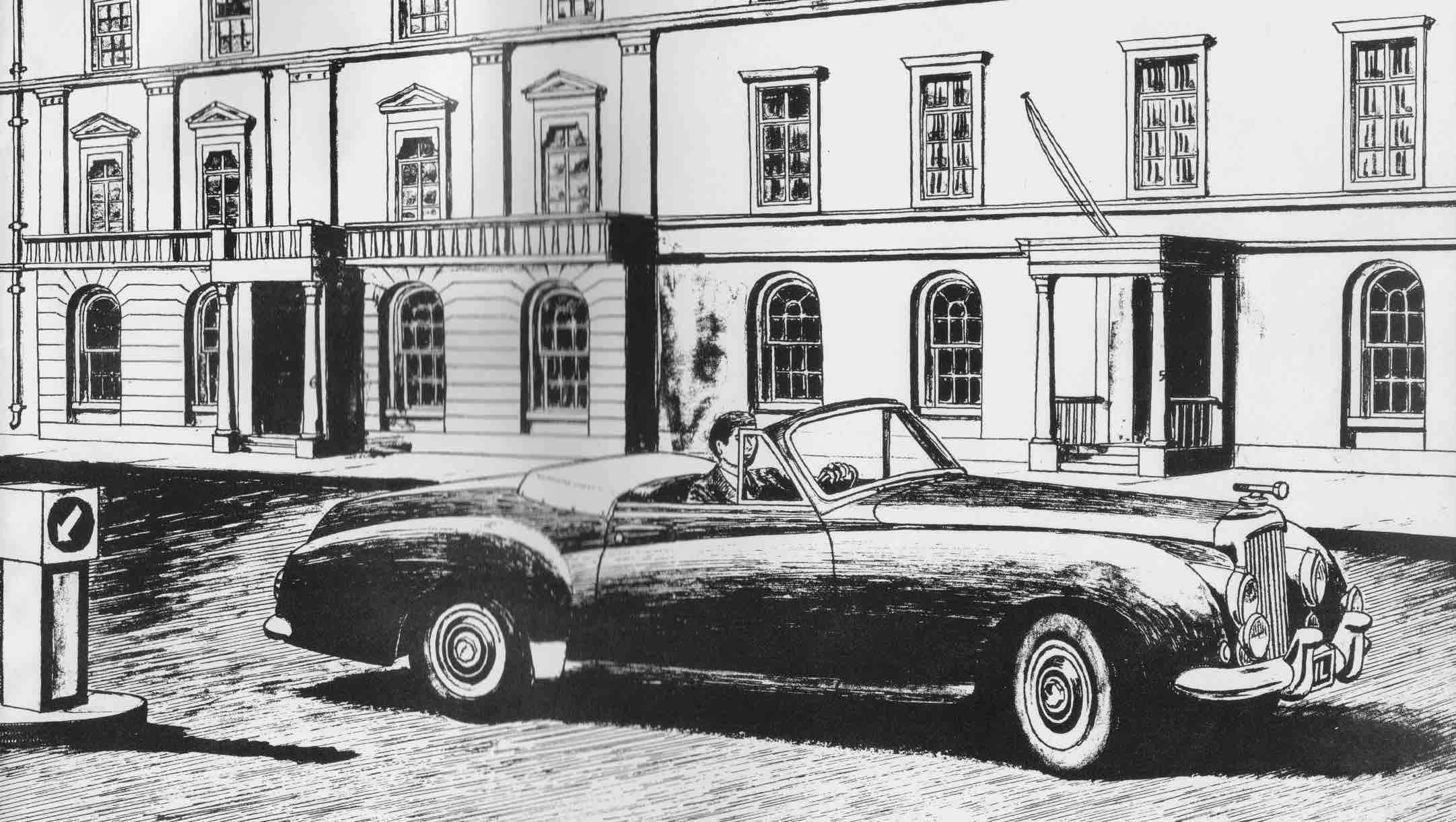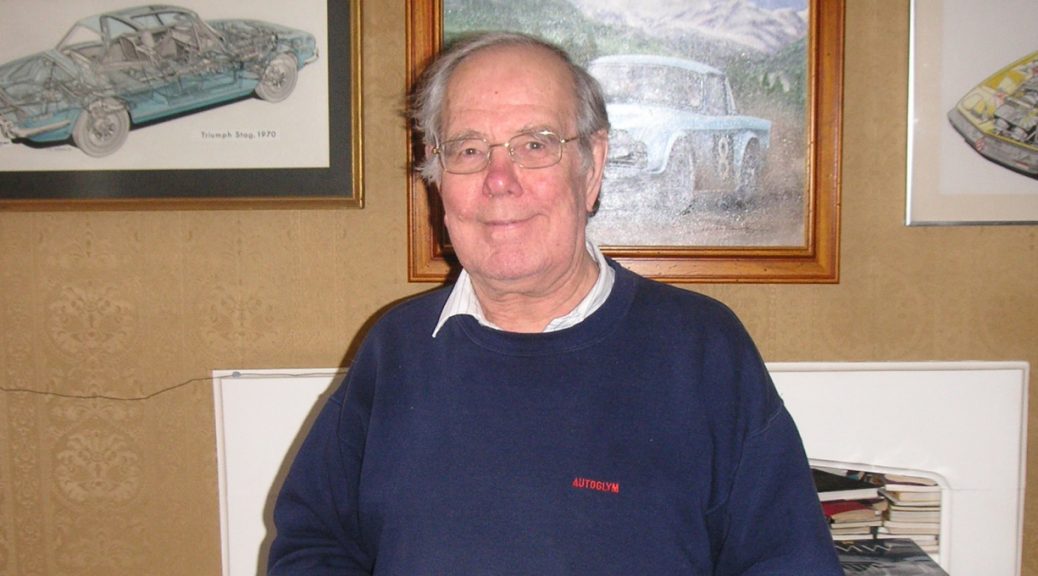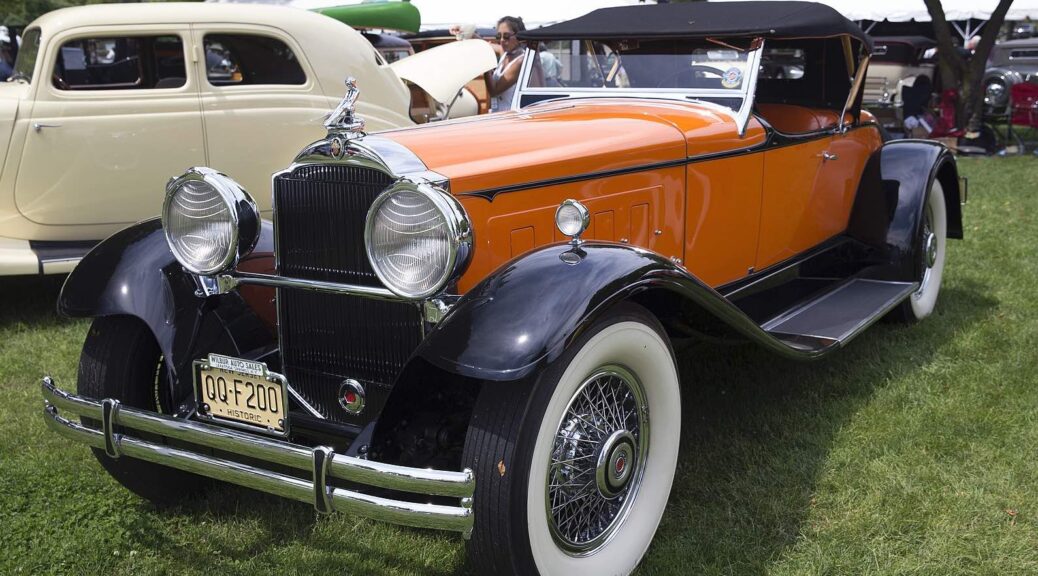
“One Brief Shining Moment”: Packard’s 1929-30 Speedster
“For those who love speed coupled with utility features of general motoring, Packard builds its Speedsters. Perhaps it is the inherent flow of speed joined to the swift grace of smooth design that suggests these interesting body treatments. But Speedsters they all are, from test car to Runabout. For those who thrill to the maximum speed of an open car on an open road.” —Packard Motor Car Company

